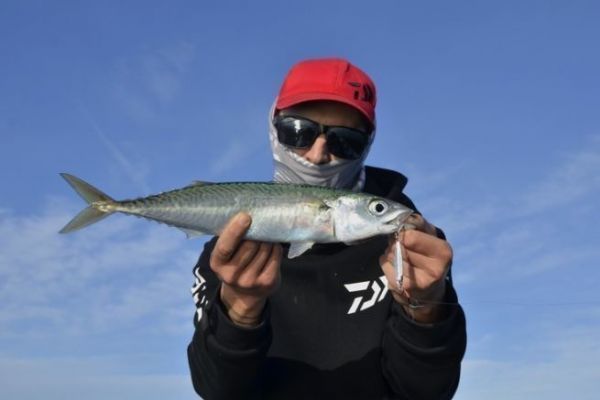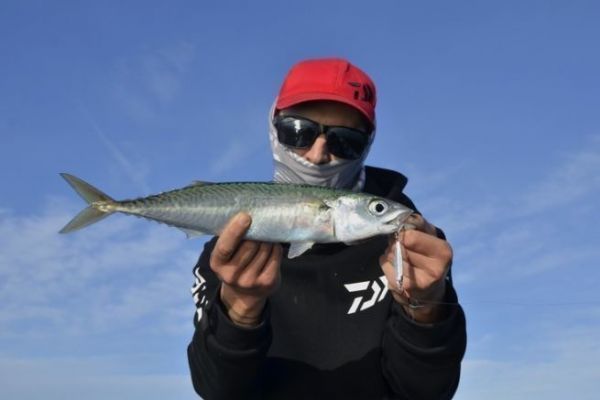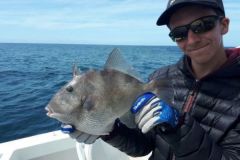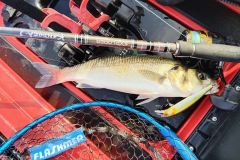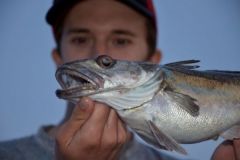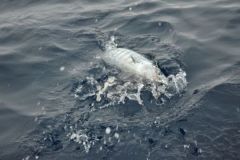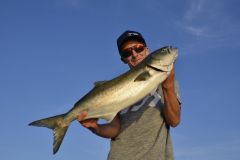An easily accessible fish
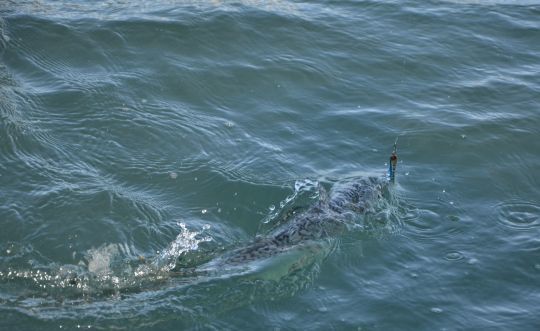
Although Spanish mackerel are pelagic fish found offshore, they move around a lot and can sometimes be found very close to shore. They can easily be caught by shore jigging and, of course, by boat if you're lucky enough to own one. The Spanish mackerel is not a very wary fish, but sometimes, during feeding frenzies, it will bite absolutely any lure you can throw at it.
However, this fish is particularly fond of small cast jigs, a must for all pelagic fish. The popper is also very effective, as this fish loves to grab easy, wounded or disoriented prey that splashes on the surface.
A powerful fighter
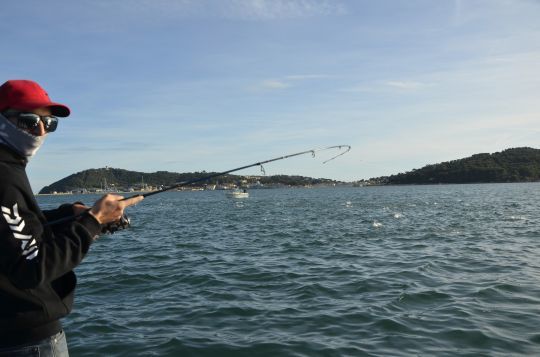
If you look at the mackerel's power-to-weight ratio, it can rival the vast majority of Mediterranean fish. It's easy to recognize the mackerel's fight, with its sudden, high-speed but very short starts. It's the perfect fish to introduce a beginner to pelagic fishing.
A few common principles apply to all fights with this type of fish, notably the right amount of drag to stop a violent start. It's important not to let the mackerel gain too much speed, otherwise you'll lose the fight quickly. A Spanish mackerel on light tackle will offer great sensations and allow novice anglers to make their first experiences on real fights.
Identifying a Spanish mackerel hunt
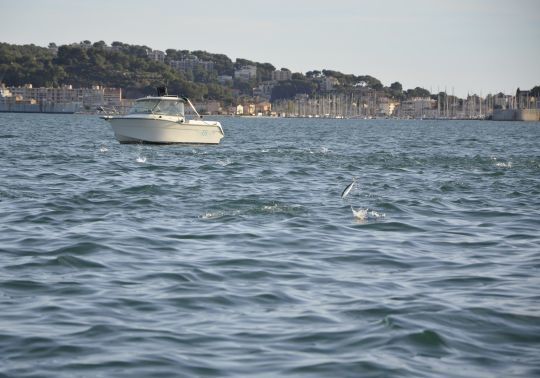
It's not uncommon for Spanish mackerel to hunt at the same time as other pelagic fish such as pelamide or tuna, albeit in different areas. Mackerel hunts can be recognized by the broth formed when the forage fish is forced to the surface. Mackerel do not create very large splashes, but rather tend to split the water just below the film. Mackerel hunts are often spotted by birds, seagulls and gulls, which take advantage of the opportunity to feed abundantly. Anchovies and sardines are often expelled from the water by the mackerel, which break the shoal at full speed.
Of course, once you've spotted these details, you can choose the right lure and set to be as effective as possible. Large lures, over 7 cm, are not very effective, since Spanish mackerel rarely exceed one kilo and therefore do not have the same facility as a 3-kilo pelamide to seize a large prey.

 /
/ 